Privacy of a space depends on the level of closure it has from its surroundings i.e. the difficulty of accessing that space from outside the house. The figure below shows the plans of four houses at a village street junction. Which is the most private room amongst all the rooms across all the houses?
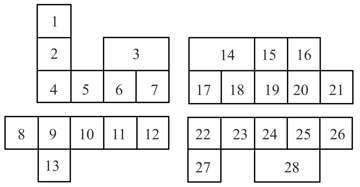

Important Questions on Analysing Patterns
Which answer figure can be drawn from both the figures given in the question
Question Figure :

Make out the number of differences in the image given below.
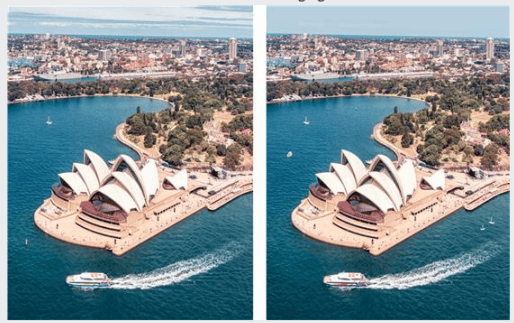
How many circles appears in the below picture?
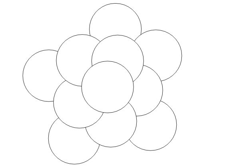
The given picture below depicts the work of Dutch artist. Theo van Doesburg's "Counter-Composition" designed in .
Identify the rotated version of the original composition from the choices given below.
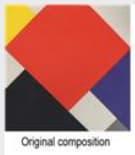
What is the area of the base of the given figure(cuboid), where the distance between dots is unit?
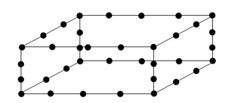
Group the given figures into three classes using each figure only once.
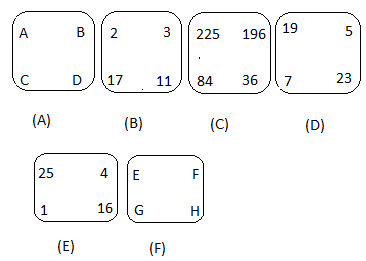
Group the given figures into three classes using each figure only once.
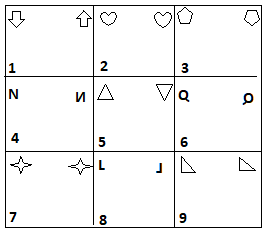
Group the given figures into three classes using each figure only once.
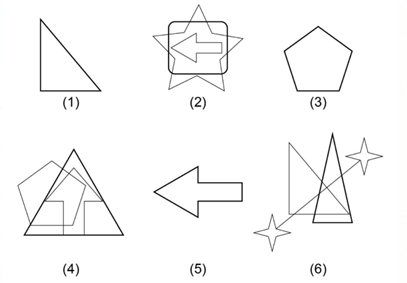
If no flip is allowed, which of the options is/are rep-tiles?
Three squiggles were drawn on three transparent square sheets in semi-transparent ink and piled together. Some sheets may be rotated.Additionally, in some options, some squiggles are different from the ones shown. In which option(s), do the squiggles look different?

In each of the following questions, group the given figures into different classes on the basis of their orientation, shape, etc.
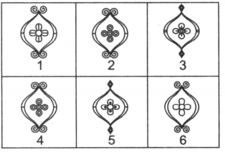
Group the given figures into three classes using each figure only once.
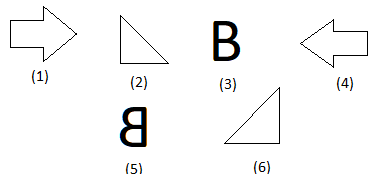
A paper strip with a different colour on each side is joined as shown in the figure. If this strip is cut along the dashed line, which of the options correctly represent(s) the result(s)?
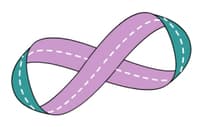
Group the given figures into three classes using each figure only once.
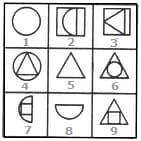
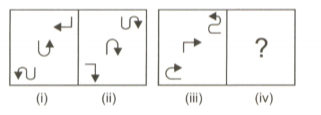
There is a certain relationship between figures and . Establish a similar relationship between figures and by selecting a suitable figure from the given options.

Find the missing figure which will replace the (?) in Problem Figures to complete the series.


